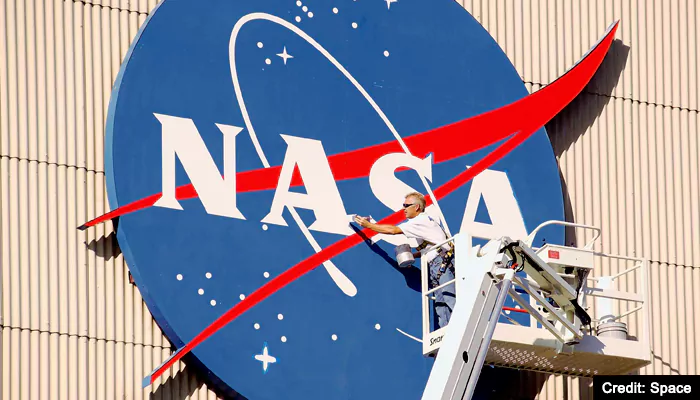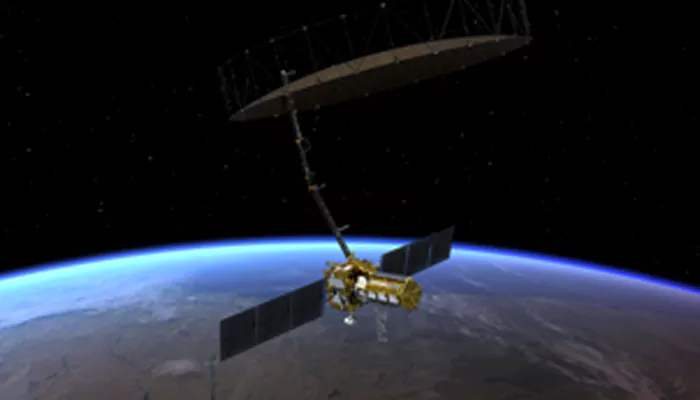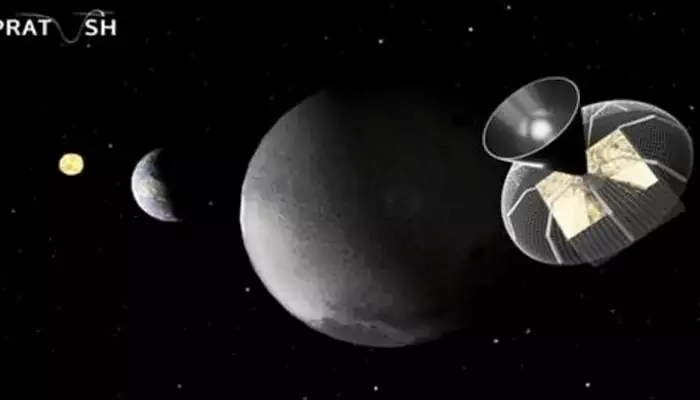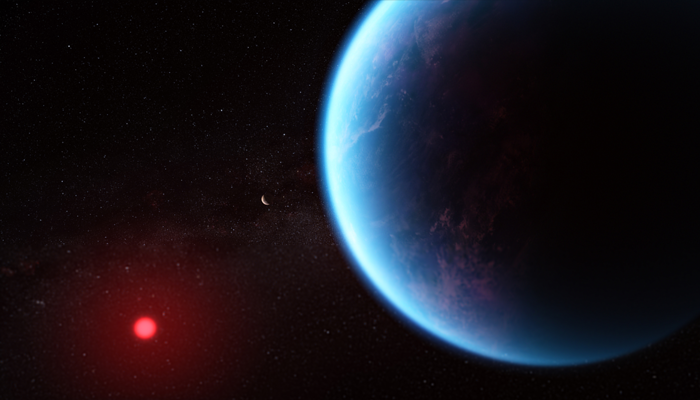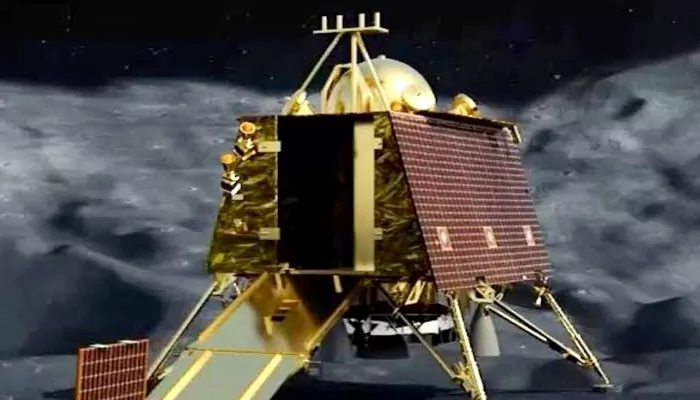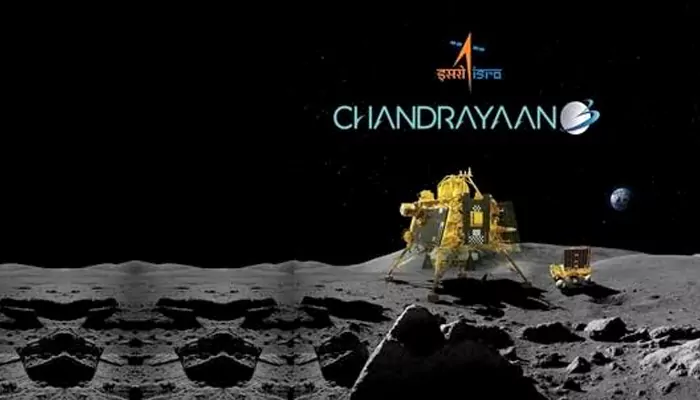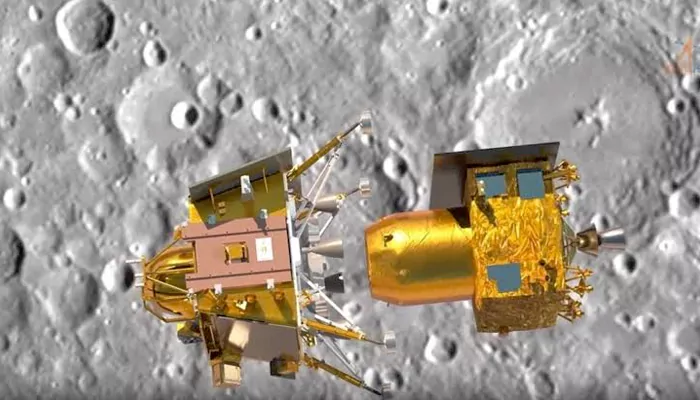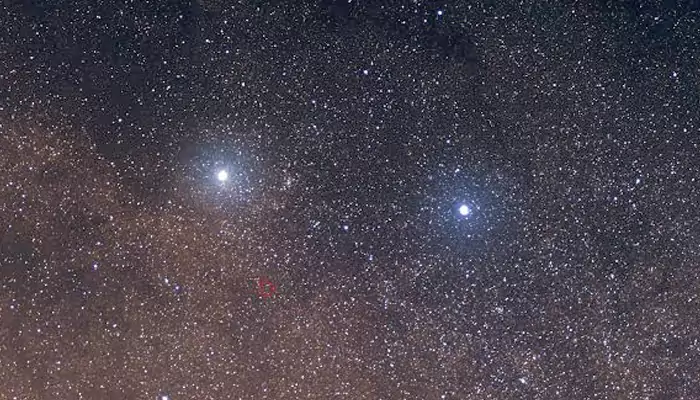NASA Finally Approves October Launch For Spacecraft To Study Jupiter Moon's Ocean
- Gurpreet
- 1 year ago
- 3 minutes read

While it will take six years for Europa Clipper to reach Jupiter, the spacecraft aims to orbit the planet every three weeks.
NASA, on Monday, finally approved the launch to Jupiter's moon Europa next month after confirming the spacecraft's ability to
NASA on Monday approved next month's launch to Jupiter's moon Europa after reviewing the spacecraft's ability to hold the line against the intense radiation around the gas giant. It cannot be ruled out that there have been concerns regarding the reliability of the transistors on the Europa Clipper spacecraft, especially after similar problems have been faced in the past.
Now with a tight launch schedule, the space agency hurriedly conducted tests to verify that the spacecraft’s electronic parts could withstand the $5 billion mission.
For those caught unaware, the mission is aimed at studying if the suspected ocean beneath Europa's icy crust is suitable for life or not. The spacecraft’s liftoff is planned for October 10 now and it will be aboard a SpaceX Falcon Heavy rocket. With only three weeks to launch the spacecraft, it cannot be missed that it has been waiting for more than a year waiting for the proper planetary alignment. For the spacecraft to reach Jupiter, it has to go past Mars and then Earth for gravity assists.
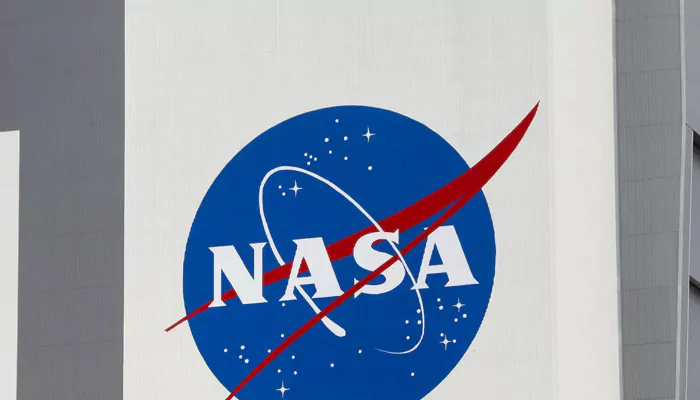
The mission’s project manager Jordan Evans, meanwhile, has ascertained that the transistors located in spacecraft’s circuits might completely degrade when Europa Clipper is exposed to the worst of the radiation during the 49 flybys of the moon. However, during the three weeks between each orbit, they might be able to recover. Apart from Evans of NASA's Jet Propulsion Laboratory, the teams from across the country have concluded so after thorough testing over the past four months.
Evans also mentioned that the project members have confidence that the mission for exploring Europa would be completed as planned. Evans added, “We are ready for Jupiter.” For the uninitiated, the Europa Clipper will take six years to reach Jupiter, and it will orbit the gas planet every three weeks. For the study, flybys have been planned of Europa as close as 16 miles (25 kilometers), and the cameras and other instruments will map virtually the entire moon.
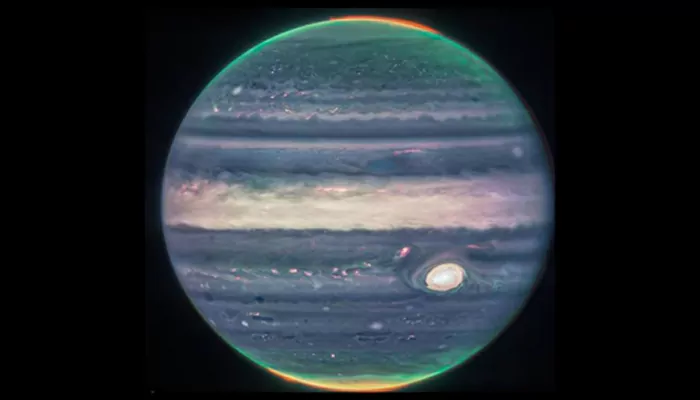
Interestingly, the Europa Clipper is the biggest spacecraft ever built by NASA, and it is around more than 100 feet (30 meters) with its solar panels open.
Meanwhile, coming to Jupiter, the largest planet in our solar system, it has a fascinating collection of moons with the four largest known as the Galilean moons. They are Io, Europa, Ganymede, and Callisto. Out of them, only Europa has a smooth, icy surface, and now researchers are keen to look for signs of life, thanks to its subsurface ocean.

